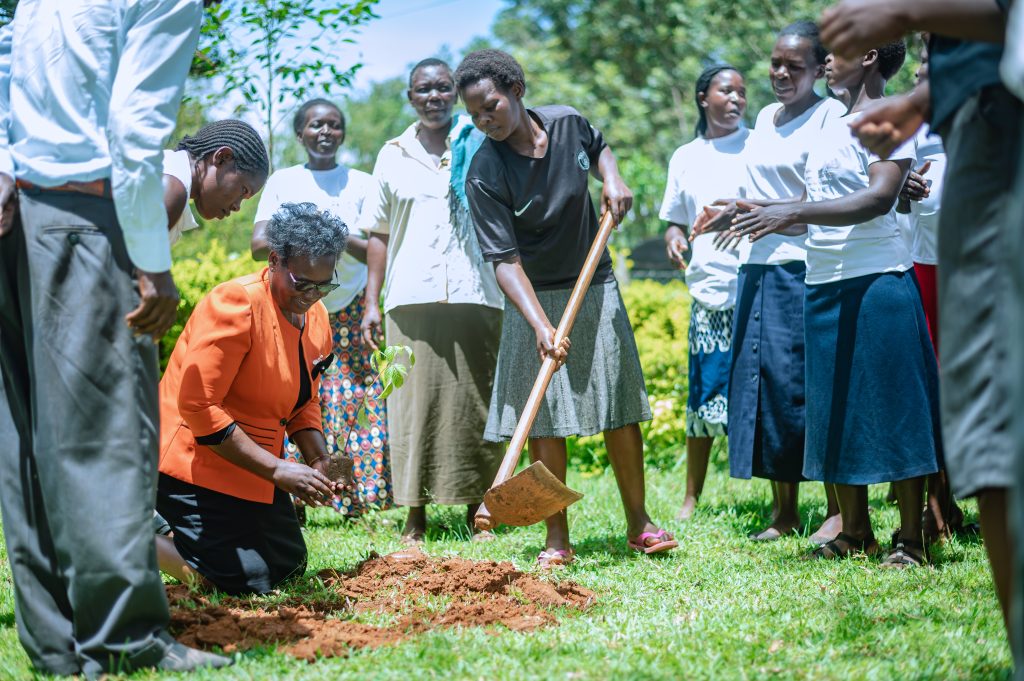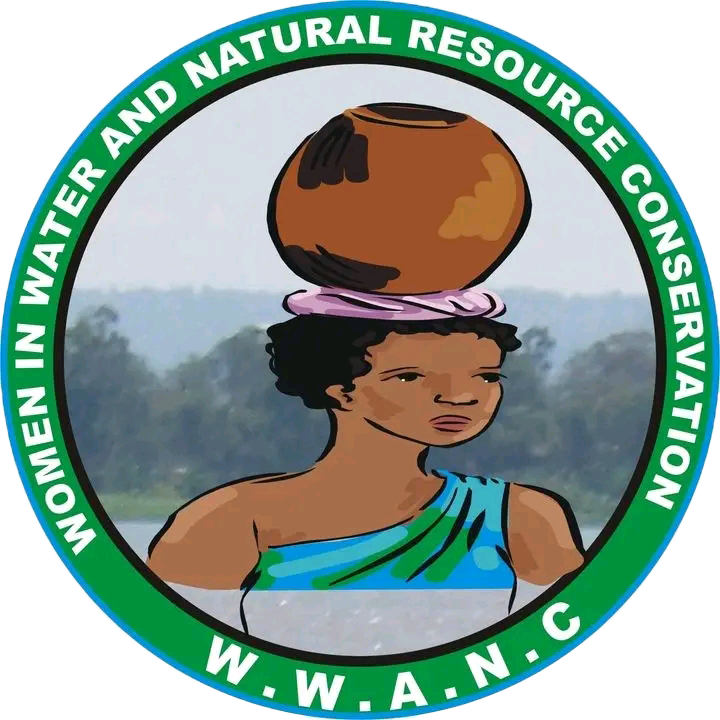Kakamega Tropical Rainforest Rehabilitation Project Initiative
The Kakamega Tropical Rainforest Rehabilitation Project aims at addressing climate change and promoting biodiversity conservation. Key partners include Women in Water and Natural Resources Conservation (WWANC), the International Tree Foundation (ITF), Kenya Forest Service (KFS), Community Forest Associations, and local communities within the Kakamega, Vihiga and Nandi counties.
Target Groups
The primary groups benefiting from this initiative are:
- Local Communities: Especially those living in the catchments of Kakamega and Nandi Forests who depend on forest resources for livelihood and sustenance.
- Women: Particular emphasis is placed on empowering women through training and alternative income opportunities, recognizing their vital role in environmental stewardship.
- Community Forest Associations (CFAs): Members of these associations play a key role in forest management and protection, and they will be equipped with skills and resources to contribute to conservation efforts.
- Youth: Engaged through employment opportunities and capacity building, fostering a new generation of environmentally conscious individuals.



Project Activities
- Rehabilitation of Degraded Forest Lands and Ecosystems
- Community Empowerment Initiatives
- Capacity Building: Workshops on nature-based solutions and alternative entrepreneurship opportunities in environmental conservation.
- Community Nursery Establishment: Development of nurseries to support both conservation and income-generation, enabling sustainable access to seedlings.
- Employment Opportunities: Job creation within catchment communities, promoting engagement and shared responsibility for forest health.
- Livelihood Improvement Measures
- Distribution of Energy-Saving Cook Stoves: Introduction of cook stoves to reduce wood fuel consumption, enhance household health, and support forest regeneration.
- Agroforestry Tree Issuance: Provision of agroforestry trees to improve:
- Soil fertility,
- Nutritional resources,
- Fuel alternatives,
- Income generation
Anticipated Impact of the Project
This initiative is expected to achieve the following impacts:
- Environmental Impact: Significant reduction in forest degradation and improvement in biodiversity conservation.
- Economic Empowerment: Increased income opportunities and reduced expenses related to forest dependency, particularly for women and youth.
- Health and Well-being: Better household air quality through energy-saving stoves and improved nutrition from agroforestry resources.
- Climate Resilience: Restored ecosystems contribute to climate resilience by protecting water catchments and reducing soil erosion.
Statistics and Project Figures
- Forest Restoration: Aiming to restore 560 hectares of degraded forest lands with 896,000 trees.
- Cook Stove Distribution: 2400 energy-saving cook stoves to be distributed to 1200 households.
- Agroforestry Tree Distribution: 60,000 trees to be distributed among local households for agroforestry purposes.
- Nursery Establishment: Establishment of 4 community tree nurseries for conservation and commercial purposes.
- This project aligns with Kenya’s National Climate Change Action Plan and contributes to the United Nations Sustainable Development Goals (SDGs) 1,13 and 15 on climate action, life on land, and poverty alleviation.
About Us
A women led organization in Kenya working across the counties of Kenya in changing the lives of women. WWANC was started in 2011 to bring change in the society by empowering women socially, economically and politically while mitigating effects of climate change.
Ikonyero Shopping Center, Eshitinji-Esumeiya Road, Eshisiru, Sheywe ward, Lurambi, Kakamega County, Western, 50100, Kenya Kakamega County, Western, Kenya
Feel free to contact & reach us !
Address : Ikonyero along Kakamega-Mumias Rd
Email : info@wwanc.org
Phone : +254 718905725
Copyright © WWANC 2025
